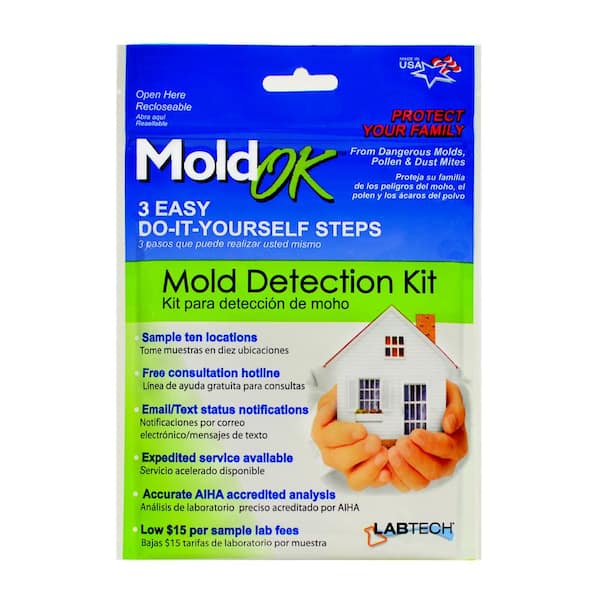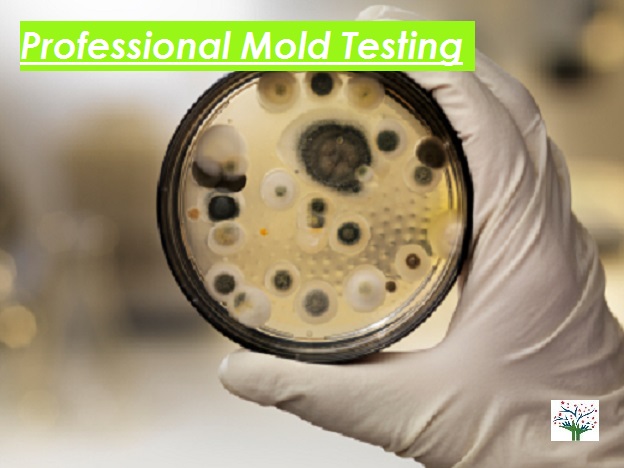Picking the Right Mycotoxin testing Services for Your Organization
Picking the Right Mycotoxin testing Services for Your Organization
Blog Article
How Mycotoxin Screening Aids Avoid Contamination and Secure Food Products

Mycotoxin testing is an important technique in the food industry, serving as a frontline protection against contamination by dangerous toxins created by mold and mildews. With the application of sophisticated methods like High-Performance Fluid Chromatography (HPLC) and Fluid Chromatography-Mass Spectrometry (LC-MS), food producers can precisely measure and detect mycotoxin levels in farming items.
Understanding Mycotoxins
Understanding mycotoxins begins with acknowledging that they are hazardous second metabolites produced by certain molds, which can contaminate farming items. These metabolites are not essential for the growth or recreation of the fungis yet can have extreme effects for animal and human wellness. Mycotoxins are generally discovered in staple crops such as corn, wheat, barley, and nuts, where they can proliferate under details problems of dampness and temperature level.
There are a number of types of mycotoxins, each generated by various fungal species. Fusarium varieties create trichothecenes and fumonisins, both of which are associated with numerous severe and persistent health and wellness issues.

Risks of Mycotoxin Contamination
The risks of mycotoxin contamination are complex, positioning substantial dangers to both food safety and public wellness. Mycotoxins, toxic substances produced by particular types of fungis, can pollute a vast variety of agricultural products consisting of grains, nuts, flavors, dried out fruits, and coffee.
Economic influences are one more major problem. Polluted plants can result in significant monetary losses for farmers and food manufacturers due to minimized yields and the demand for expensive decontamination actions. Moreover, international trade can be considerably impeded as countries apply stringent mycotoxin regulations to secure their populaces, causing denied shipments and strained profession relationships.
Ecological variables such as climate modification worsen the threat of mycotoxin contamination. Variants in temperature and humidity can create positive problems for fungal development, raising the likelihood of contamination occasions. Hence, understanding and mitigating these risks are vital for ensuring the safety and integrity of global food supplies.
Methods of Mycotoxin Evaluating
Precisely identifying mycotoxin contamination in agricultural products is vital for securing public health and wellness and preserving food security requirements. Various methods are employed to detect and evaluate mycotoxins, each offering specific benefits and constraints.
High-Performance Fluid Chromatography (HPLC) is a commonly utilized method due to its high level of sensitivity and accuracy. It entails dividing mycotoxins from various other materials in an example, allowing precise quantification. Fluid Chromatography-Mass Spectrometry (LC-MS) combines fluid chromatography with mass spectrometry to supply comprehensive molecular details, making it especially helpful for determining several mycotoxins at the same time.

Gas Chromatography-Mass Spectrometry (GC-MS) and Thin-Layer Chromatography (TENDER LOVING CARE) are additionally used, each with one-of-a-kind applications. GC-MS works for unpredictable mycotoxins, while tender loving care supplies a simpler, economical option for preliminary screening.
Benefits of Normal Examining
Normal screening for mycotoxins in farming products offers numerous advantages, considerably adding to public health and food safety. By recognizing contamination early, normal testing helps prevent the circulation of poisonous foods, consequently minimizing the danger of mycotoxin-related health problems among consumers. This aggressive technique not only safeguards human health yet likewise enhances the total high quality of food supplies.
Different countries and regions have actually established strict restrictions for mycotoxin levels in food and feed. Adhering to these restrictions through routine screening ensures that manufacturers and distributors fulfill legal requirements, therefore avoiding charges and profession obstacles.
Additionally, regular mycotoxin testing can bring about significant financial benefits. Early detection of contamination enables for prompt treatment, reducing potential losses from extensive contamination. Carrying out normal screening protocols can also reduce recall expenses and associated obligations, which can be monetarily ruining.
Furthermore, regular testing offers important information that can notify much better farming techniques and storage conditions. By recognizing patterns of contamination, producers can embrace preventative procedures, therefore lowering future threats and adding to the sustainability of the food supply chain.
Carrying Out Examining Methods
Applying reliable mycotoxin screening procedures is vital for making certain the safety and security and top quality of farming products. Developing a durable testing framework entails several crucial steps, beginning with the recognition of prospective contamination points within the production and supply chain. This consists of pre-harvest, post-harvest, storage, and circulation phases. Each stage should be scrutinized to determine where mycotoxin contamination is more than likely to happen.
Once critical control factors are identified, picking suitable screening methods is crucial. Typical techniques include enzyme-linked immunosorbent assay (ELISA), high-performance fluid chromatography (HPLC), and mass spectrometry (MS) Each technique has its weak points and staminas; hence, selecting the proper one depends upon the certain mycotoxin being evaluated, the called for sensitivity, and offered resources.

Lastly, incorporating the testing methods right into an extensive food safety and security administration system is recommended. This boosts traceability and allows swift rehabilitative useful reference actions when contamination is identified, consequently protecting the honesty of the food supply chain.
Final Thought
Mycotoxin screening is crucial in stopping contamination and protecting food products by enabling early detection of unsafe toxic substances generated by molds in farming products. Advanced techniques such as HPLC and LC-MS ensure compliance with safety and security policies and shield consumers from health and wellness threats. Regular screening boosts brand online reputation, financial stability, and rely on food security by decreasing contamination-related losses and maintaining high criteria in food production. Carrying out rigorous testing procedures is hence important for the sector's total well-being.
Mycotoxin screening additional hints is a crucial practice in the food market, serving as a frontline protection versus contamination by unsafe contaminants generated by mold and mildews. An incorporated approach involving agricultural techniques, storage space monitoring, and normal screening can alleviate the dangers connected with mycotoxin contamination, guaranteeing food security and public health.
The risks of mycotoxin contamination are complex, posing significant threats to both food safety and public wellness.Normal screening for mycotoxins in agricultural items supplies many benefits, considerably contributing to public wellness and food security.Mycotoxin testing is important in avoiding contamination and protecting food supplies by making it possible for early detection of unsafe toxic substances produced by my website mold and mildews in farming products.
Report this page